Potentiometers, also known as “pots,” are a type of adjustable resistor commonly used in electronics to control the flow of electricity in a circuit.
They are versatile components that can be used in a wide range of applications, from adjusting the volume on a radio to fine-tuning the position of a robotic arm.
In this post, I will enlighten you with the various types of potentiometers available, including linear, logarithmic, and rotary pots, as well as how to select the right pot for your project based on factors such as resistance, power rating, and physical size.
Whether you are a beginner or an experienced engineer, this post will provide valuable information on selecting the best potentiometer for your application.
What Is a Potentiometer, And What Are Its Uses?
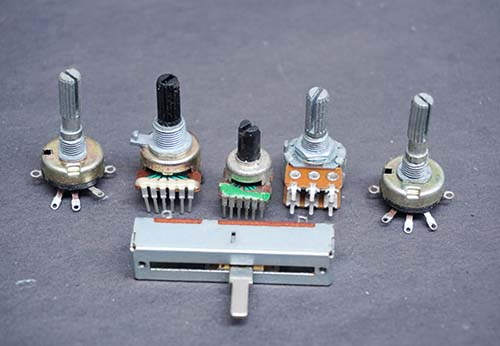
Potentiometer are the variable resistors that consists of a resistive element, a sliding contact (wiper), and two end terminals.
The resistance between the two end terminals is fixed, but the resistance between one of the end terminals and the wiper can be varied by moving the wiper along the length of the resistive element.
Potentiometers are commonly used to control the flow of electricity in a circuit. They can be used to adjust the brightness of a light, the speaker’s volume, or the servo motor’s position, among many other applications.
Uses of Potentiometer:

Potentiometers are widely used in various electronic applications to adjust the flow of electricity in a circuit. Some common uses for potentiometers include:
· Adjusting the volume of audio equipment, such as radios and speakers
· Controlling the brightness of a display or a light
· Fine-tuning the position of a servo motor or a robotic arm
· Setting the resistance in a voltage divider circuit
· Measuring the displacement or position of an object
· Adjusting the frequency of an oscillator circuit
· Calibrating the sensitivity of a sensor
Potentiometers can be found in various electronic devices, from consumer products like smartphones and laptops to industrial equipment and scientific instruments.
They are an essential component in many electronic circuits and are widely used due to their versatility and low cost.
Types of Potentiometers
There are three main types of potentiometers: linear, logarithmic, and rotary.
· Linear potentiometer
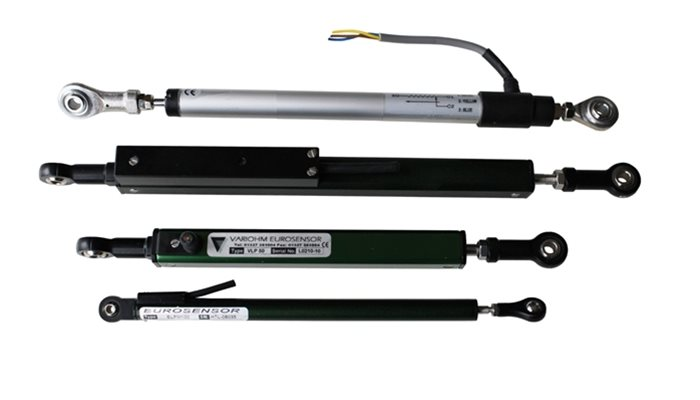
Linear potentiometers, also known as “slide pots,” have a resistance that varies linearly with the position of the sliding contact.
In other words, as the sliding contact is moved along the resistive element, the resistance increases or decreases in a straight line.
These potentiometers are commonly used in applications where a precise adjustment is required, such as setting the volume on a radio, faders in audio equipment, or adjusting the brightness of a light.
Linear potentiometer works by using a resistive element evenly divided into equal resistance increments.
As the sliding contact is moved along the resistive element, it makes contact with a different portion of the resistive element, causing the resistance to increase or decrease linearly.
The resistance value can be calculated by measuring the position of the sliding contact and the total resistance of the potentiometer.
Linear Potentiometer can further be classified into:
· Slide Pot (Fader): These are linear potentiometers that use a sliding motion to adjust the resistance. They are commonly used in audio mixing consoles, lighting control systems, and other applications where precise control is essential.
· Dual Slide Pot: This type of linear potentiometer is similar to the standard slide pot, but it has two wiper arms that adjust the resistance independently. They are used in stereo audio equipment to adjust the volume of the left and right channels separately.
· Multi-Turn Slide Pot: These potentiometers have a longer range of motion than standard slide pots, typically 10-20 turns. They are used in applications that require more precise adjustments, such as laboratory equipment and industrial process control.
· Motorized Fader: This potentiometer type is controlled by an electric motor, allowing for remote or automated control of the resistance value. They are commonly used in professional audio mixing consoles and video production equipment. The motorized faders can be controlled through a computer or other digital devices, which can be helpful in situations where precise adjustments are needed but human interaction is impossible.
· Logarithmic Potentiometers
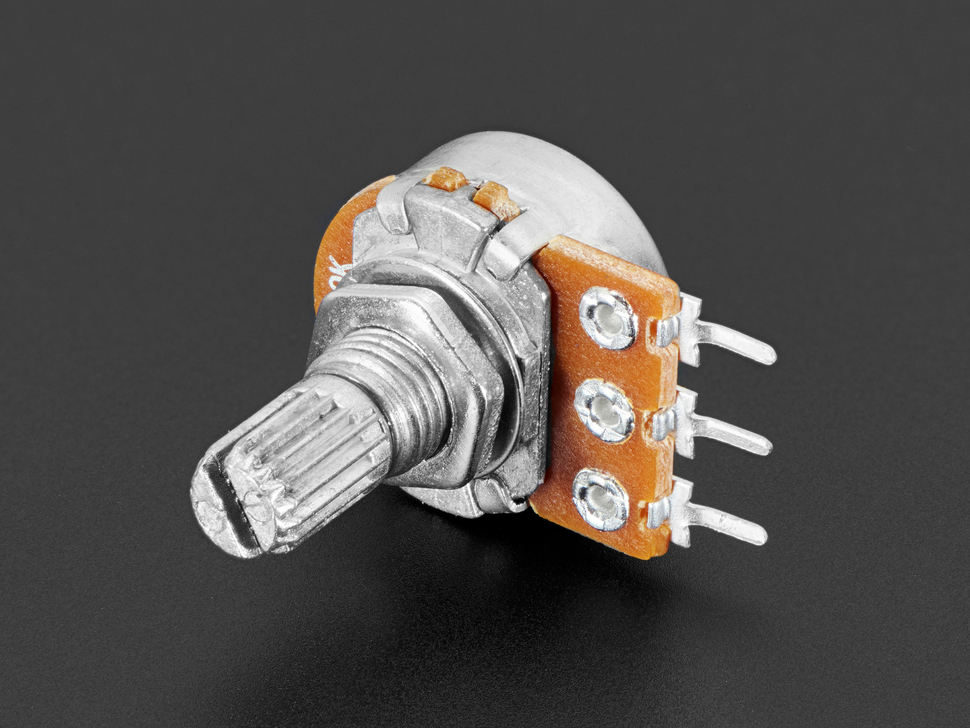
Logarithmic potentiometers, also known as “log pots,” have a resistance that varies logarithmically with the position of the sliding contact.
In other words, as the sliding contact is moved along the resistive element, the resistance increases or decreases in a non-linear manner, following a logarithmic curve.
Logarithmic potentiometers are commonly used in audio applications because the human ear perceives loudness on a logarithmic scale.
Logarithmic potentiometers work by using a resistive element that is not evenly divided into equal increments of resistance.
Instead, the resistance increments are spaced further apart as the sliding contact moves towards one end of the resistive element and closer together as it moves towards the other. This causes the resistance to vary logarithmically with the position of the sliding contact.
· Rotary Potentiometers
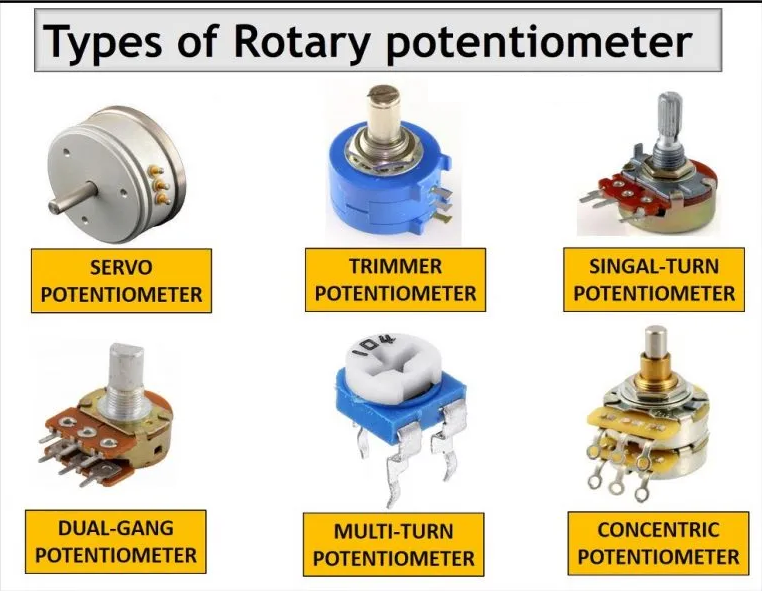
Rotary potentiometers have a circular resistive element that is turned by a shaft. They have three terminals, where two of them have uniform resistance, while the third terminal is a wiper.
They are often used as volume controls or position sensors in electronic devices and are available in linear and logarithmic tapers.
Rotary analog potentiometers work by using a resistive element that is evenly divided into equal increments of resistance. As the rotary shaft (rotating knob) is turned, a wiper arm (third terminal) makes contact with a different portion of the resistive element, causing the resistance to increase or decrease linearly.
The resistance value can be calculated by measuring the wiper arm’s position and the potentiometer’s total resistance. Some rotary potentiometers also have a built-in switch that can be activated by turning the shaft to a specific position.
Rotary potentiometers can further be classified into the following types:
· Multi Turn Potentiometers (multi turn pot): These have a longer rotation angle, typically around 10-20 turns. These provide more precise adjustments and are often used in precision measurement and control applications and industrial process control.
· Single Turn Potentiometers: They have a single rotation angle, typically around 300 degrees. They are easy to use and have a simple design, making them suitable for various applications such as volume control, lighting, and other electronic circuits.
· Dual Gang Potentiometers: Also known as “dual gang pot”. These rotary potentiometers have two potentiometers in one package and are often used in stereo audio equipment. Each potentiometer controls the volume for one channel and can be adjusted independently.
· Concentric Potentiometers: This potentiometer type has two shafts with a resistive element that is shared between the two shafts. One shaft controls the overall resistance value, while the other shaft fine-tunes the resistance value.
· Servo Potentiometers: This rotary potentiometer type, also known as servo pot, is used in servo control systems and is designed to control the position or angle of a servo motor precisely. They often have a built-in feedback mechanism to ensure accurate position control.
· Trimmer Potentiometers: These are small, adjustable potentiometers often used to fine-tune the resistance in a circuit. They can be adjusted with a small screwdriver or other tools and are often used in limited-space applications.
· Conductive Plastic Potentiometers: These potentiometers have a conductive plastic element, which is more durable and wear-resistant than traditional carbon elements. They have good resolution and are used in various applications such as audio equipment, medical instruments, and industrial equipment.
· Audio Taper Potentiometers: These potentiometers have a resistance characteristic tailored to match the human ear’s sensitivity to sound. They are primarily used in audio equipment such as amplifiers and audio mixers.
· Precision Potentiometers: These are designed for precision measurement and control applications and have a very high resolution and accuracy. They can be used in laboratory equipment, precision industrial equipment, and other applications where precision is crucial.
· Sealed Potentiometers: These are specifically designed for harsh or outdoor environments, such as industrial equipment or outdoor lighting systems. They are sealed to protect against moisture, dust, and other contaminants and are rated for high-temperature and humidity environments.
Digital potentiometers
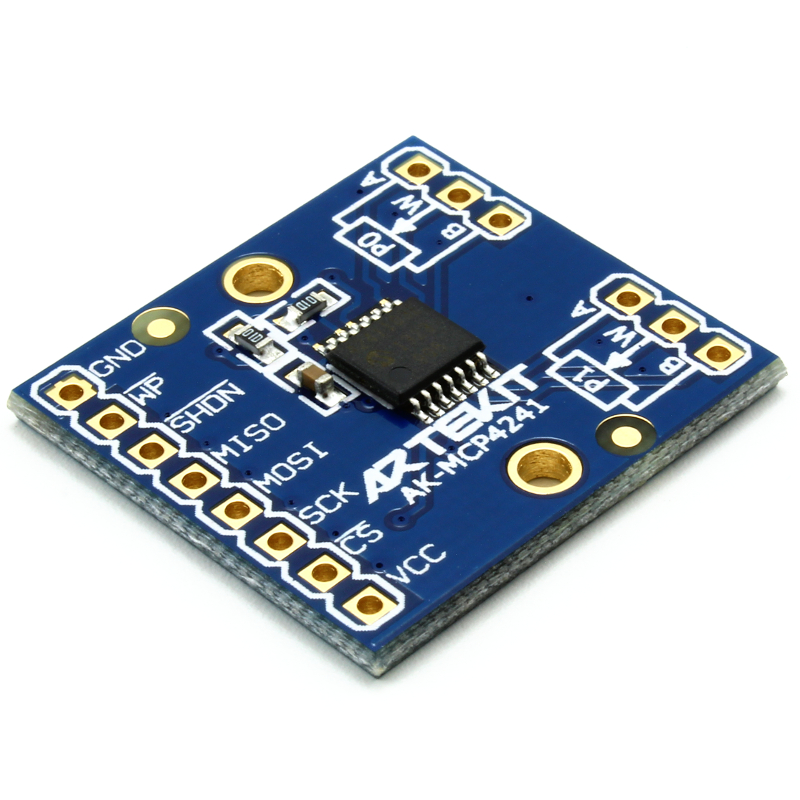
Digital potentiometers are electronic devices that use digital signals to adjust the resistance in a circuit.
They are similar to traditional analog potentiometers, but use digital logic to control the resistance value rather than a physical wiper or sliding contact.
Digital potentiometers are often used in applications where precise control is needed, such as in audio and video systems, and can offer several benefits over traditional analog potentiometers.
How to Select the Right Type of Potentiometer for Your Needs?
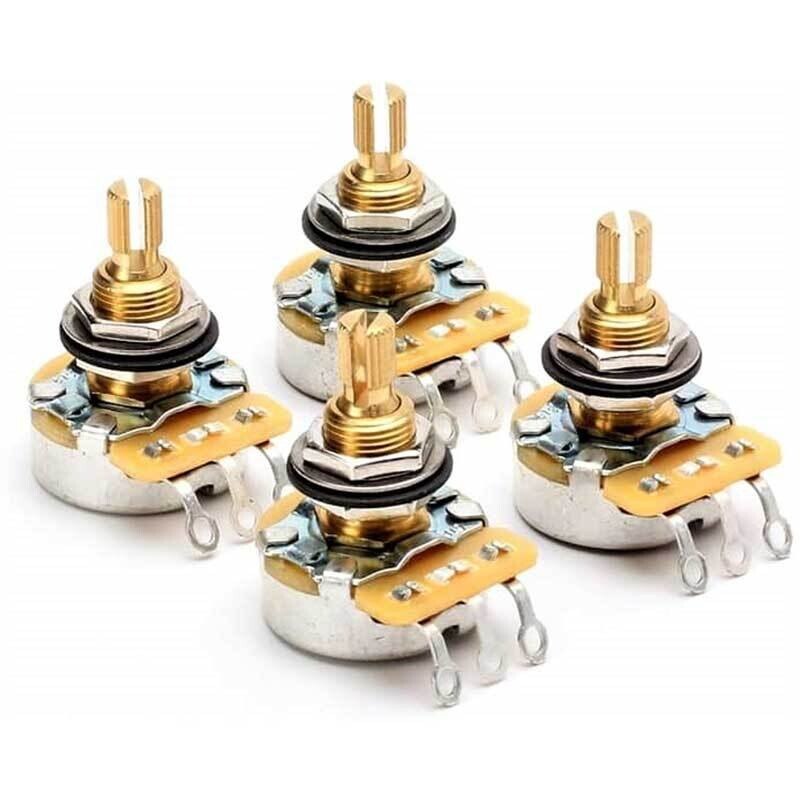
There are several factors to consider when choosing a potentiometer for your needs. These include the following:
· Power Rating:
Make sure the potentiometer you choose has a power rating that is high enough to handle the power that will be passing through it.
· Resistance Range:
Consider the range of resistance that you need the potentiometer to have. Different potentiometers are available with varying ranges of resistance.
· Tolerance:
Consider the tolerance of the potentiometer, which is the allowable error in the resistance value. A potentiometer with a low tolerance will be more accurate but may be more expensive.
· Rotation:
Decide whether you need a potentiometer that can rotate continuously or one that has a limited rotation angle.
· Shaft Type:
Consider the type of shaft the potentiometer has, as this will determine how it can be mounted and used.
· Mounting Type:
Ponder how the potentiometer will be mounted, as this will determine the type of potentiometer you need.
· Cost:
Ponder the cost of the potentiometer, as this will be a factor in your decision. The best practice is to take quotes from multiple suppliers for similar products and choose the supplier that offers the best value for money.
· Manufacturer:
Finally, it is essential to buy potentiometers from a reliable manufacturer/supplier with ample experience and an excellent reputation, machinery, labor, and skills. Besides, also look for their product quality, after-sales services, and warranty.
Advantages and Disadvantages of Each Type of Potentiometer

Several different types of potentiometers are available, each with its own advantages and disadvantages.
This section will discuss the various types of potentiometers and their pros and cons so that you can choose the best option for your specific needs.
Linear potentiometer
Linear potentiometers, also known as “slide pots,” have a resistance that varies linearly with the position of the sliding contact.
Some advantages of linear potentiometers include:
· Good linearity: They are designed to have a resistance that varies linearly with the position of the sliding contact, making them well-suited for applications where precise control is essential.
· Easy to use: They are easy to use and can be easily adjusted with a simple sliding motion.
· Rugged: They are generally rugged and can withstand rough handling.
Some disadvantages of linear potentiometers include:
· Limited range: Linear potentiometers have a limited range of motion, typically around 300 degrees.
· Susceptible to wear: The sliding contact of a linear potentiometer can wear out over time, which can affect its performance.
· Limited resolution: They have a limited resolution, meaning that the steps between different resistance values may be larger than other potentiometer types.
Logarithmic potentiometers
Logarithmic potentiometers, also known as “log pots,” have a resistance that varies logarithmically with the position of the sliding contact.
Some advantages of these potentiometer type include:
· Good for audio applications: Logarithmic potentiometers are commonly used in audio applications because the human ear perceives loudness on a logarithmic scale.
· Good resolution: They have good resolution, meaning that the steps between different resistance values are smaller than with linear potentiometers.
· Rugged: They are generally rugged and can withstand rough handling.
Some disadvantages of logarithmic potentiometers include:
· Limited range: Logarithmic potentiometers have a limited range of motion, typically around 300 degrees.
· Susceptible to wear: The sliding contact of a logarithmic potentiometer can wear out over time, which can affect its performance.
· Non-linearity: They are designed to have a resistance that varies logarithmically with the position of the sliding contact, which can be less precise than a linear variation.
Rotary potentiometer
Rotary potentiometers, also known as “knob pots,” have rotary shafts that can be turned to adjust the resistance. Some advantages of rotary potentiometers include:
· Good linearity: Rotary potentiometers are designed to have a resistance that varies linearly with the position of the rotary shaft, making them well-suited for applications where precise control is essential.
· Easy to use: They are easy to use and can be easily adjusted with a simple turning motion.
· Rugged: Rotary potentiometers are generally rugged and can withstand rough handling.
· Wide range of resistance values: Rotary potentiometers are available with a wide range of resistance values, making them suitable for various applications.
Some disadvantages of rotary potentiometers include:
· Limited range: Rotary potentiometers have a limited range of motion, typically around 300 degrees.
· Susceptible to wear: The rotary shaft of a rotary potentiometer can wear out over time, which can affect its performance.
· Limited resolution: They have a limited resolution, meaning that the steps between different resistance values may be larger than with other types of potentiometers.
Digital potentiometers
Digital potentiometers are similar to traditional analog potentiometers but use digital logic to control the resistance value rather than a physical wiper or sliding contact.
Advantages of Digital Potentiometer
- High resolution: Digital potentiometers have a very high resolution, meaning that the steps between different resistance values are much smaller than analog potentiometers, allowing for more precise adjustments.
- Easy control: They can be easily controlled by a microcontroller or other digital device, allowing for automated resistance value control.
- Reliability: They are generally more reliable and resistant to wear than analog potentiometers, making them a better choice for long-term use.
- Non-volatility: They have a non-volatile memory, meaning that the resistance value is retained even when power is removed, unlike analog potentiometers that lose their position after power is down.
Disadvantages of Digital Potentiometer
- Limited power rating: Digital potentiometers typically have a lower power rating than analog potentiometers, which may limit their use in high-power applications.
- Complexity: They are more complex than analog ones, making them more challenging to design and build.
- Power supply: They require a power source, which can be an issue in some applications or environments where power is limited.
- Limited temperature range: Some digital potentiometers may not be rated for extreme temperatures, which can limit their use in specific applications.
Examples of potentiometers in use today
There are many examples of potentiometers in use today in various applications. Some common examples include:
· Volume control:
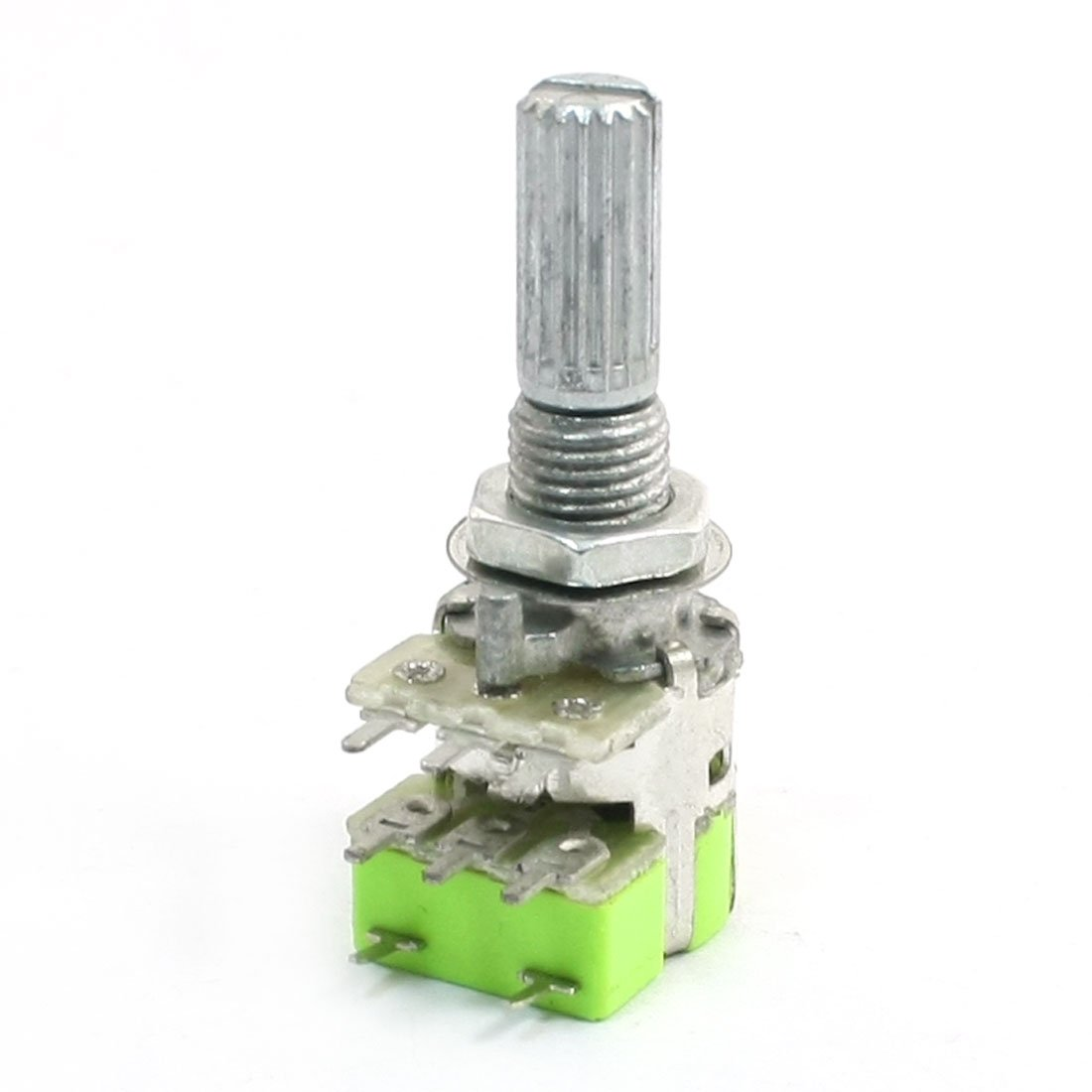
Potentiometers are often used to adjust the volume, tone control, and absolute linearity control on audio devices, such as radios and TVs.
· Light dimmer:
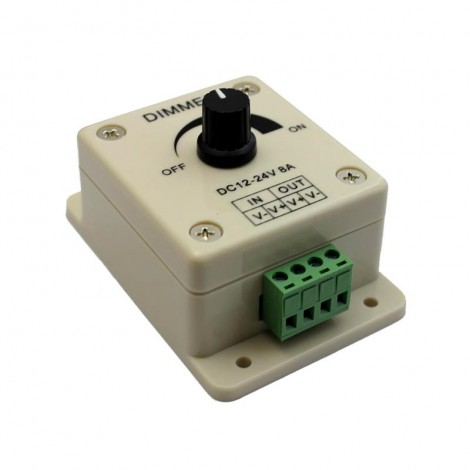
They are used in light dimmer switches to adjust the brightness of light bulbs.
· Temperature control:
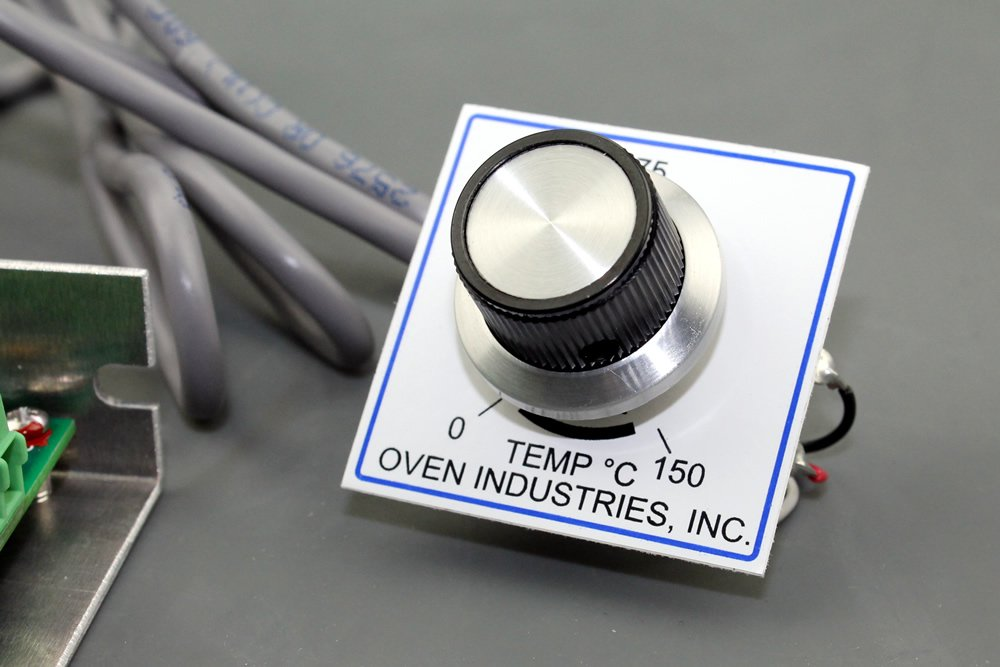
They are used in some appliances, such as ovens and coffee makers, to adjust the temperature.
· Speed control:
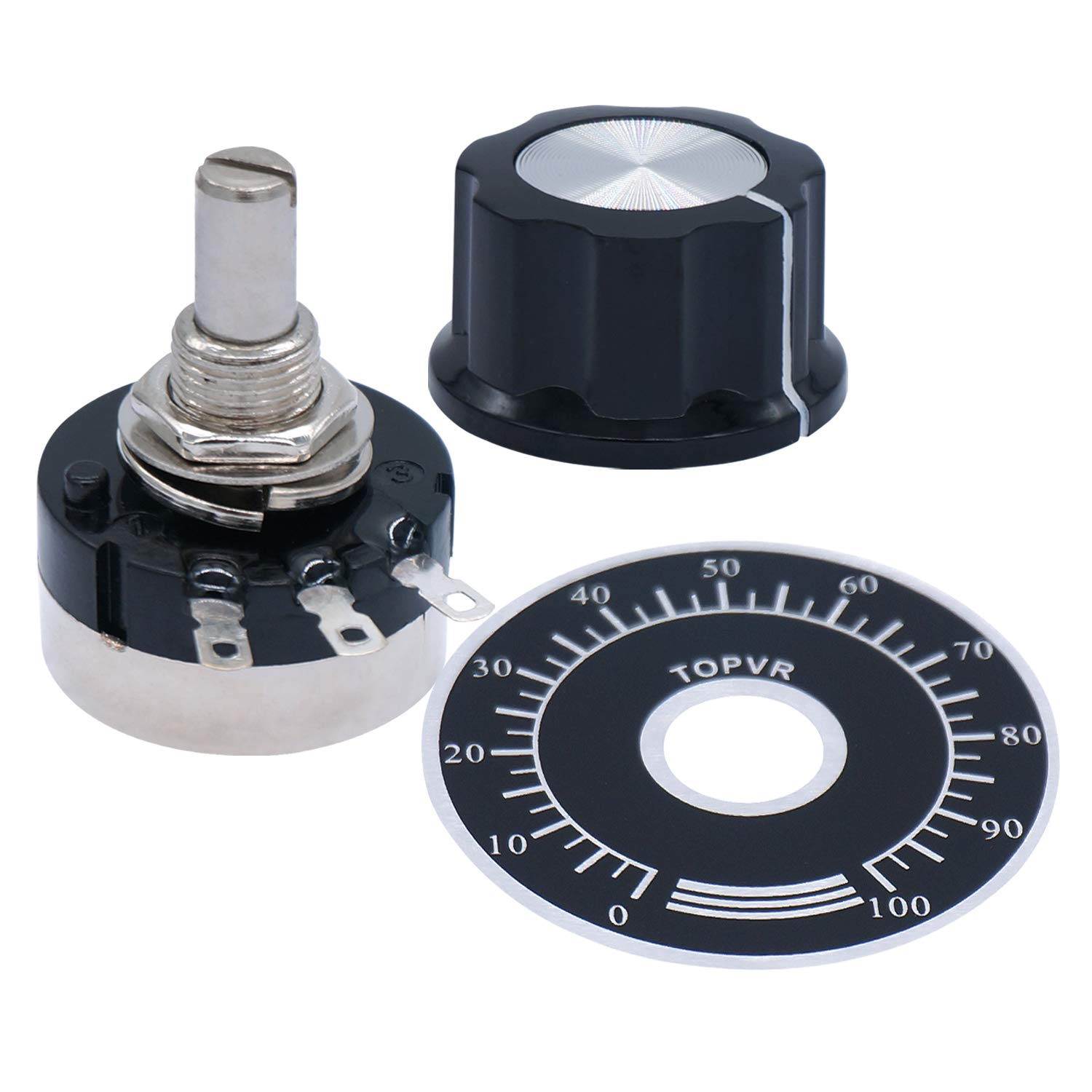
They are used in motorized devices, such as electric drills and fans, to adjust the speed.
· Strain gauge:
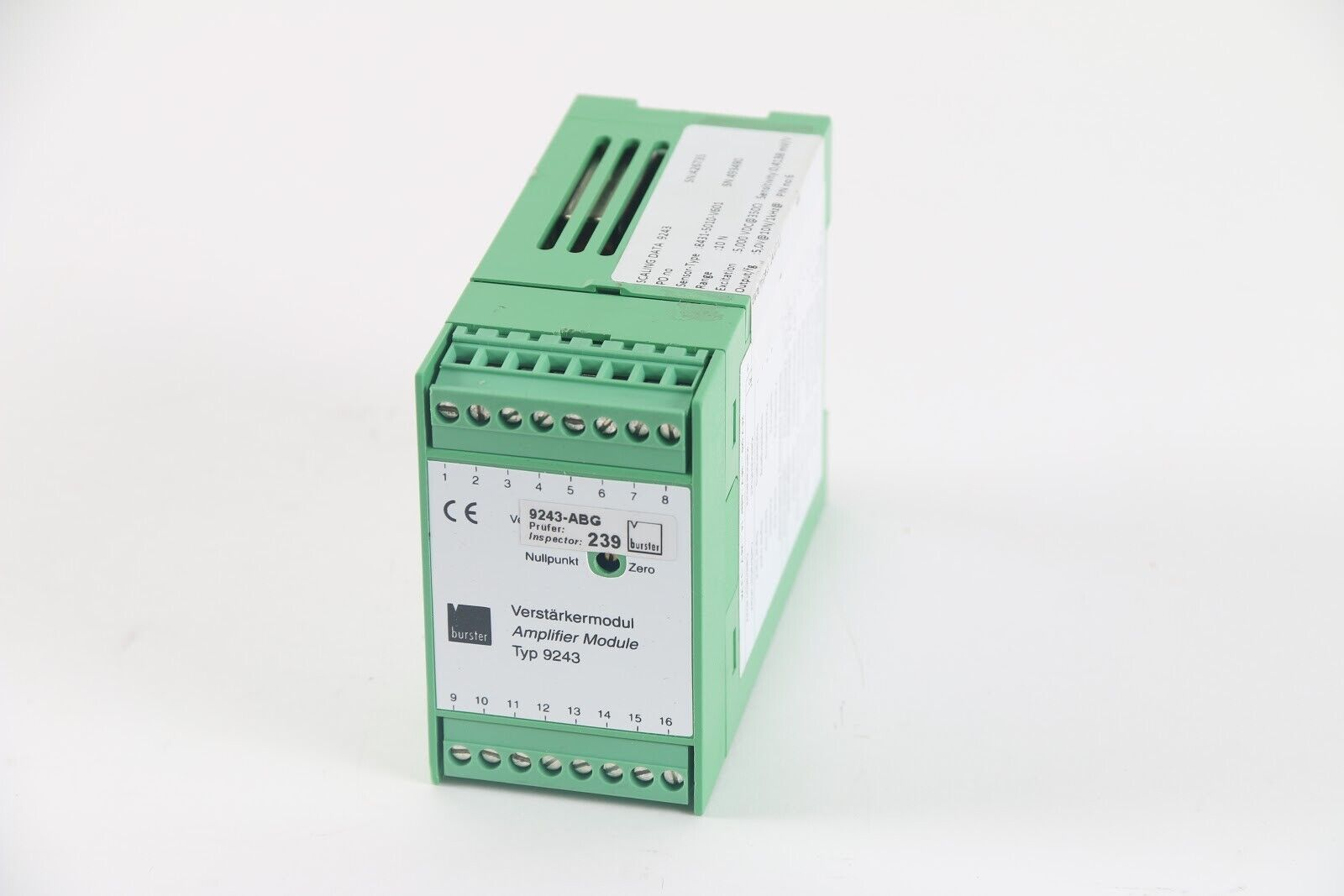
They are used in strain gauges to measure the strain on an object.
· Robotics:
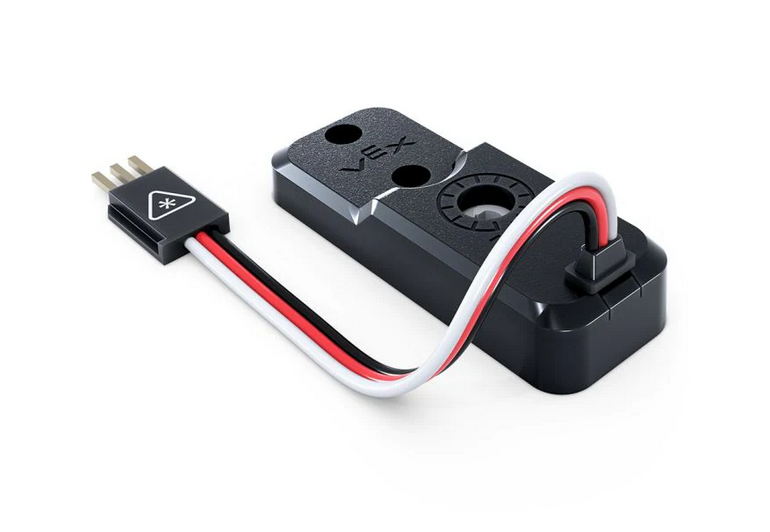
Potentiometers are used in some robotics applications to measure the position of joints or other moving parts.
· Medical equipment:
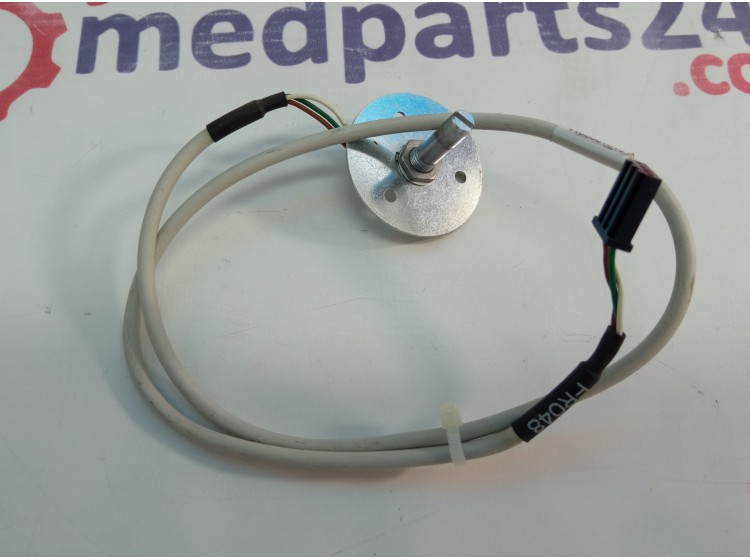
They are used in some medical equipment, such as dialysis machines and respirators, to adjust various settings.
Conclusion,
Potentiometers are a type of adjustable resistor used in a wide range of electronic applications.
There are several different types of potentiometers, including linear, logarithmic, and rotary, each with its own advantages and disadvantages.
Linear potentiometers are good for precise control and have good linearity but have a limited range and resolution.
Logarithmic potentiometers are good for audio applications and have a good resolution but have a limited range and non-linearity.
Rotary potentiometers are easy to use, have a wide range of resistance values, and are rugged but have a limited range and resolution.
Understanding the different types of potentiometers and their pros and cons can help you choose the right type for your specific needs.

